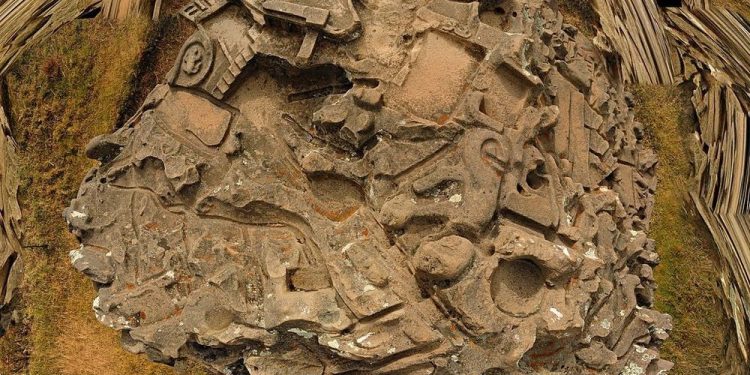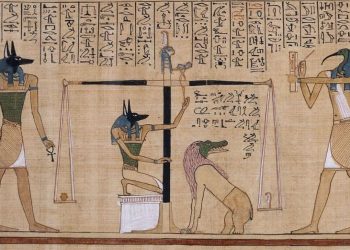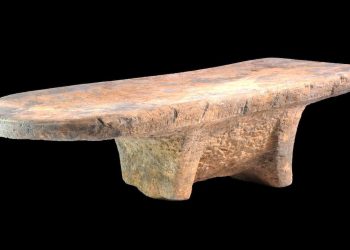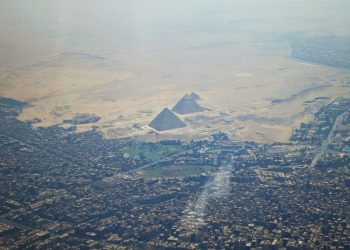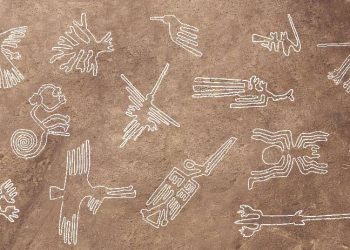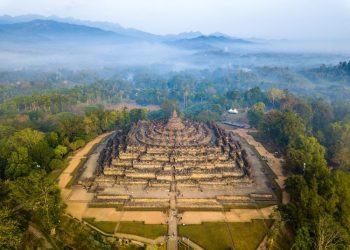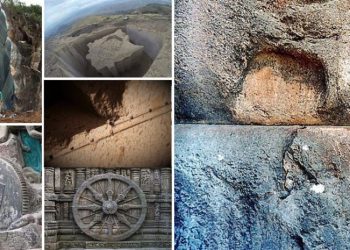The enigmatic legacy of the Incas continues to captivate the world, particularly through their architectural and artistic feats. Among these, the Sayhuite Stone stands out, primarily for its mysterious nature and the absence of extensive surrounding artifacts or written records. This lack of context has given rise to numerous theories about its origin and purpose, many of which remain speculative.
Here are 15 intriguing aspects of the Sayhuite Stone that highlight its mystery and the fascination it holds:
- The Sayhuite Stone is renowned for its intricate carvings, which have become a subject of great interest among historians and archaeologists.
- Over 200 figures are meticulously carved onto the stone, showcasing the artistic skill and attention to detail of its creators.
- The stone itself is substantial, measuring more than 4 meters in width, indicating the significant effort involved in its crafting.
- Experts have dated the Sayhuite Stone to the 15th or 16th centuries, suggesting it was an Inca creation.
- There is evidence to suggest that the stone was transported to its current location from elsewhere. The type of stone used is not commonly found in the Sayhuite area, indicating it originated from a different location.
- The carvings on the Sayhuite Stone are noted for their impressive detail, further adding to its mystery.
- Many of the figures are believed to resemble a topographical hydraulic model, which has led to various interpretations of its purpose.
- The majority of the figures carved into the stone depict animals, such as frogs and serpents, which may hold symbolic significance.
- Nearby artifacts made from andesite, a hard stone not typically used by the Incas, suggest the influence or work of a pre-Inca civilization in the area.
- Some experts theorize that the Sayhuite Stone could represent a map of an ancient city, possibly providing insights into Inca urban planning.
- A popular theory posits that the Sayhuite Stone is a symbolic map of the Inca Empire, with each zoomorphic figure representing a different region.
- The placement and context of the stone suggest it may have been part of an Inca religious site, adding a spiritual dimension to its interpretation.
- Other theories propose that the stone represents the Incas’ understanding of the universe, making it a cosmological artifact.
- The detailed carving model on the stone has led some to speculate that it might have been used to test water flow, perhaps as part of an agricultural or engineering study.
- There is evidence to suggest that the Sayhuite Stone was altered or redesigned multiple times by its original creators. This is supported by the presence of different materials used in the carvings, which some believe were part of experiments related to water flow.
The mystery surrounding the Sayhuite Stone is emblematic of the larger enigma of the Inca civilization. Without a complex writing system to provide historical context, much about the Incas and their artifacts remains speculative. The Sayhuite Stone, with its unanswered questions and enigmatic nature, continues to be a fascinating relic of a civilization whose full story may never be completely uncovered.



